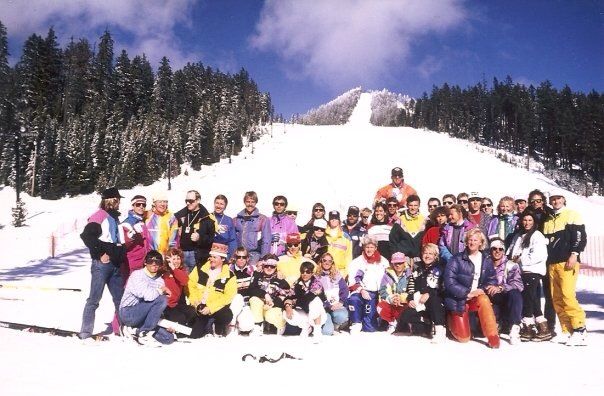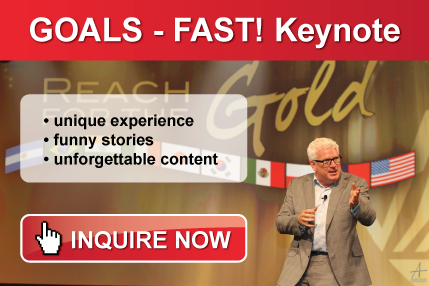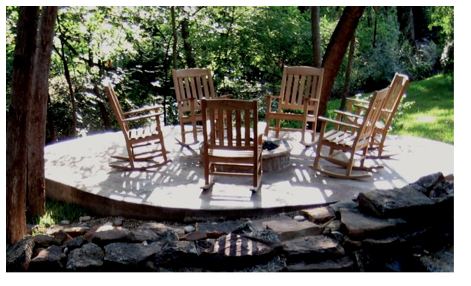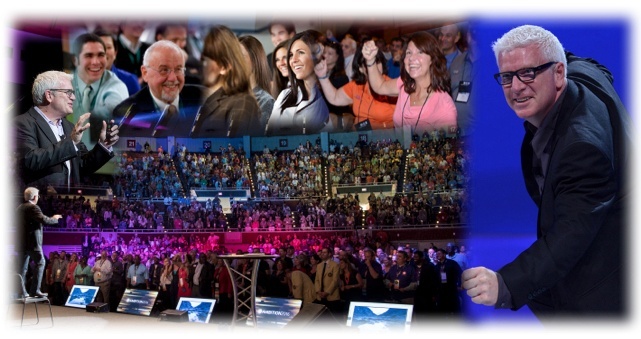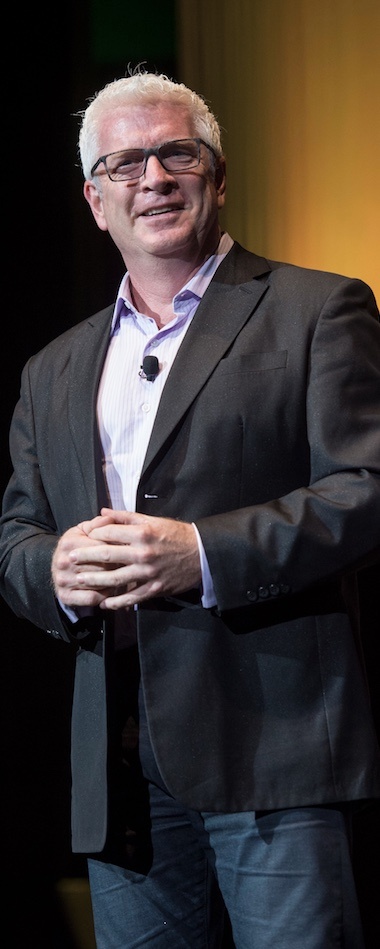It’s safe to assume Olympians visualize their performance before hand. BUT... there is a special sequence of imagery to cement peak performance before your own event.
Watch a figure skater, bobsledder, skier, snowboarder (or any other Olympian for that matter) and you will eventually see them visualizing the way they want to perform. What you may not know is the comprehensive nature of their visualization and imagery.
This three-part approach is what I've used for two decades as an Olympic motivational speaker and what you can use in your quest to be the best at what you do.
- Experien-tualize it. This is a new word to better describe visualization and imagery. Just seeing something in your mind's eye is not nearly effective as adding the other five senses of sound, touch, taste and smell. Bring in all the senses to the imagination and the subconscious is imprinted at a more profound level. If you are about to go on an important sale or a pressure situation - experience every detail in your fertile imagination.
- Outcomes not ideas. What are the outcomes you seek? As you experien-tualize your performance, be clear on the outcomes. Who will be impacted? What are the benefits therein? Where will you end up? Why will this feel good? When will everything happen the way you want it to? Simply having an idea of what you want is weak. Being deliberate about the outcomes further enhances the performance you are asking from your subconscious mind.
- Before, During & After. Don't just experien-tualize the performance. Run through the exact experience you want before your peak performance, your optimum self during and the exact results after crossing the metaphorical finish line. Athletes who don't visualize after the run crash more than those who see themselves crossing the finish line safely and strongly.
In summary, experien-tualize the outcomes you want before, during and after your performance and you will reach your goals fast -- just like your Olympic heroes competing in Sochi.







